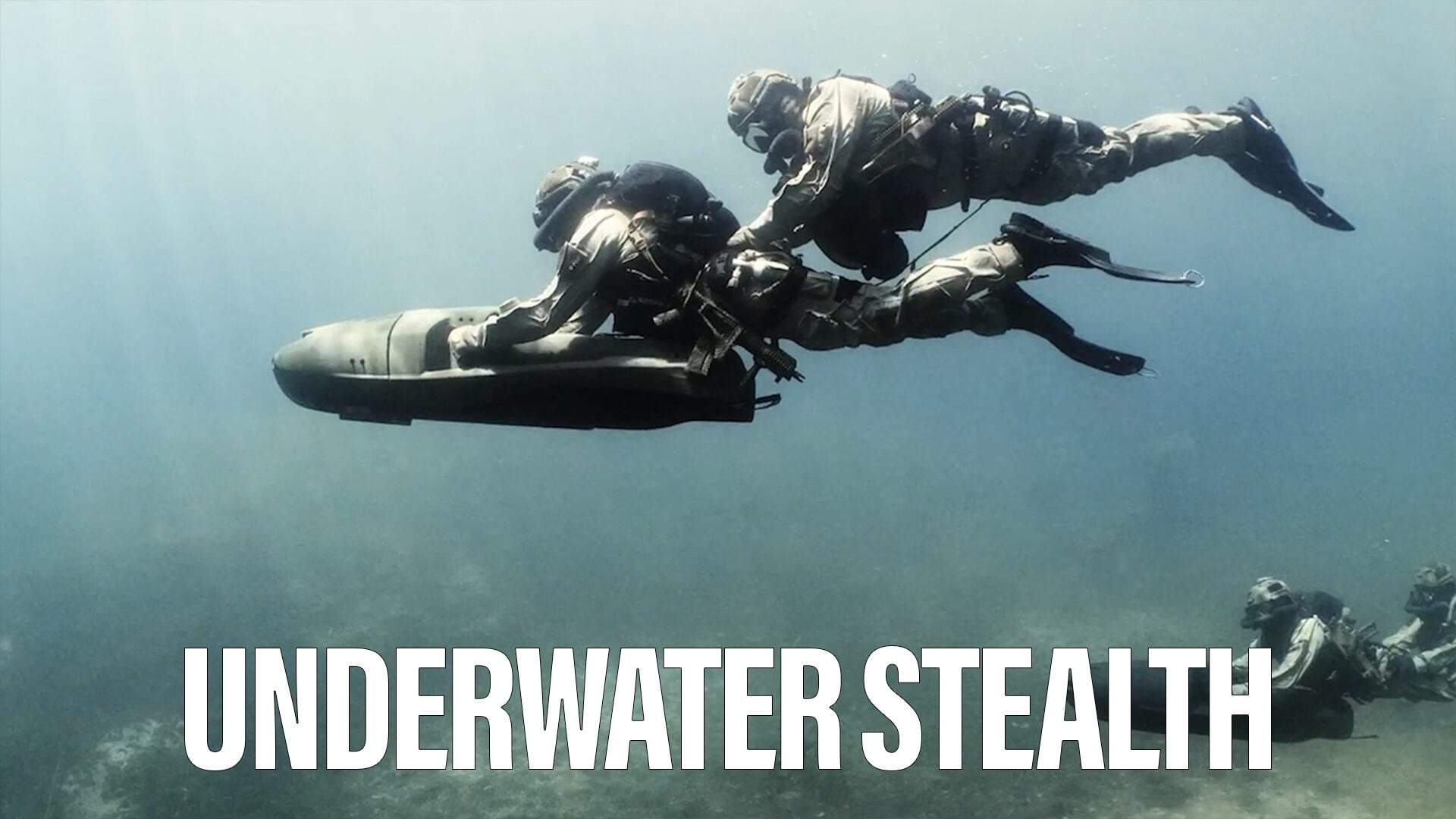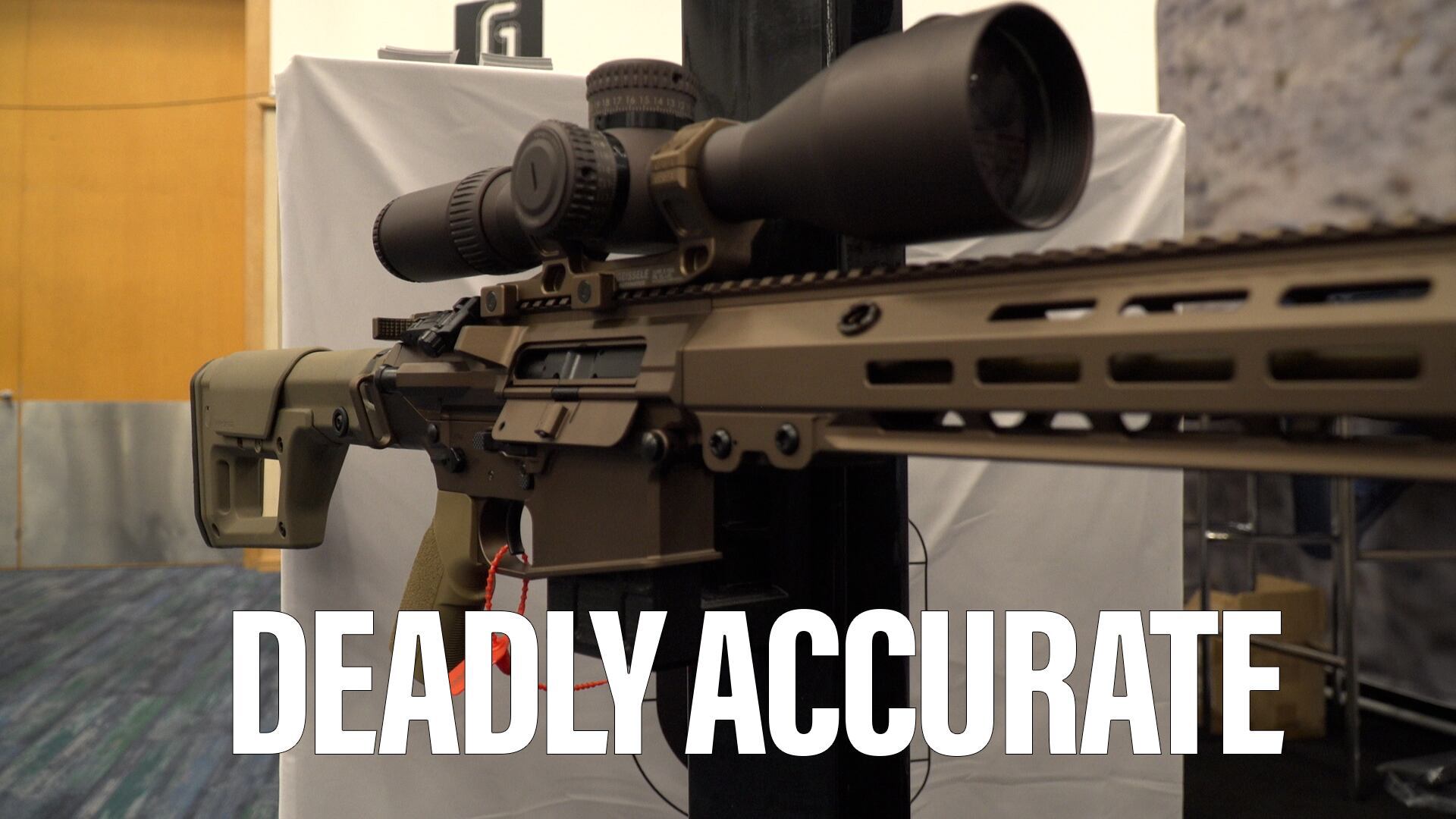WASHINGTON — Two key Republican lawmakers are set to unveil legislation Thursday that will make it national policy to maintain a 355-ship Navy, according to a draft of the legislation obtained by Defense News.
Sen. Roger Wicker, of Mississippi, who chairs the Senate Seapower Subcommittee, and his House counterpart, Rep. Rob Wittman, of Virginia, are expected to roll out a brief, one-page bill on June 22 that aims for 355 ships "as soon as practicable," the legislation reads.
The fleet goal is subject to Congress appropriating the money for all the new hulls; today's U.S. Navy stands at 276 ships, according to its status on the Navy.mil website
Both lawmakers have been calling for the buildup, which mirrors the Navy's recent force-structure assessment that said it needed 355 ships to meet the demands on its forces.
In a statement, Wittman said he and Wicker wanted to set the right tone going into the markup of the 2018 National Defense Authorization Act.
"My objective as Seapower chairman in this year's NDAA is to send a strong signal that we intend to grow our Fleet to 355 ships," Wittman said. "I believe industry is ready to ramp up production to get us there and Congress must do its part and provide the necessary funding for shipbuilding accounts so we get on the proper glide path to 355.
"This bill, which I am pleased to have worked on with my counterpart Senator Roger Wicker, sends that strong signal as we head into NDAA mark-up. A fleet of 355 ships will allow us to deter our adversaries, support our allies, and respond to threats and humanitarian challenges around the globe."
Getting to 355
In a hearing Wednesday, Wicker pressed the Navy’s top weapon’s buyer, Allison Stiller, and the head of the Navy’s integration of capabilities and resources office, Vice Adm. William Lescher, on how the Navy planned to speed up the timeline to getting almost 80 new ships.
Lescher said the Navy was examining taking ships out of mothballs to help move the needle, and was looking at extending the service life of current ships by updating the hulls and the combat systems for longer use.
In early June, Naval Sea Systems Command head Vice. Adm. Thomas Moore seemed to cast some doubt on how much impact the mothball fleet could have on a fleet buildup in an interview with Defense & Aerospace Report. Moore said the three cruisers that are sitting in the Philadelphia naval shipyard were probably off the table because they’ve been used as parts lockers. But he added that retired Oliver Hazard Perry-class frigates might be of some use, and the conventional carrier Kitty Hawk is still a viable option.
"We’ll go look at the [frigates], see if there is utility there," Moore said. "We’ll look at the combat logistics force, see if there’s utility there. Of the carriers that are in inactive force, probably Kitty Hawk is the one that you could think about. But we studied that when we decommissioned Enterprise, and the carriers are pretty old. So, there is limited opportunity in the inactive fleet, but we’ll look at it ship-by-ship."
Getting to 355 ships is a monumental task that so far seems to have limited support even inside the Pentagon. Defense Secretary Jim Mattis has prioritized short-term readiness holes in his 2018 budget, which has aggravated many who wanted to see a much bigger push to grow the fleet — especially since growing to a 350-ship Navy was one of President Donald Trump’s core defense promises on the campaign trail.
The job of scrapping it out inside the Pentagon will fall to Navy Secretary nominee Richard Spencer, who faces a confirmation hearing Thursday.
Spencer, a former Marine Corps pilot and career investment banker, should resist the pressure to focus too heavily on readiness in the near term at the expense of a larger, more powerful fleet in the long run, said Bryan McGrath, a retired destroyer skipper and defense consultant with the Ferrybridge Group.
"[Spencer] should remember who he serves: He is the president’s man," McGrath said. "The president campaigned on building a larger Navy, and his job is to build that larger Navy. … Trump did not get elected saying he wanted to fill readiness holes; those were Secretary Mattis’ priorities. And so far the Pentagon is off to a slow start in building a larger Navy."
David B. Larter was the naval warfare reporter for Defense News.








